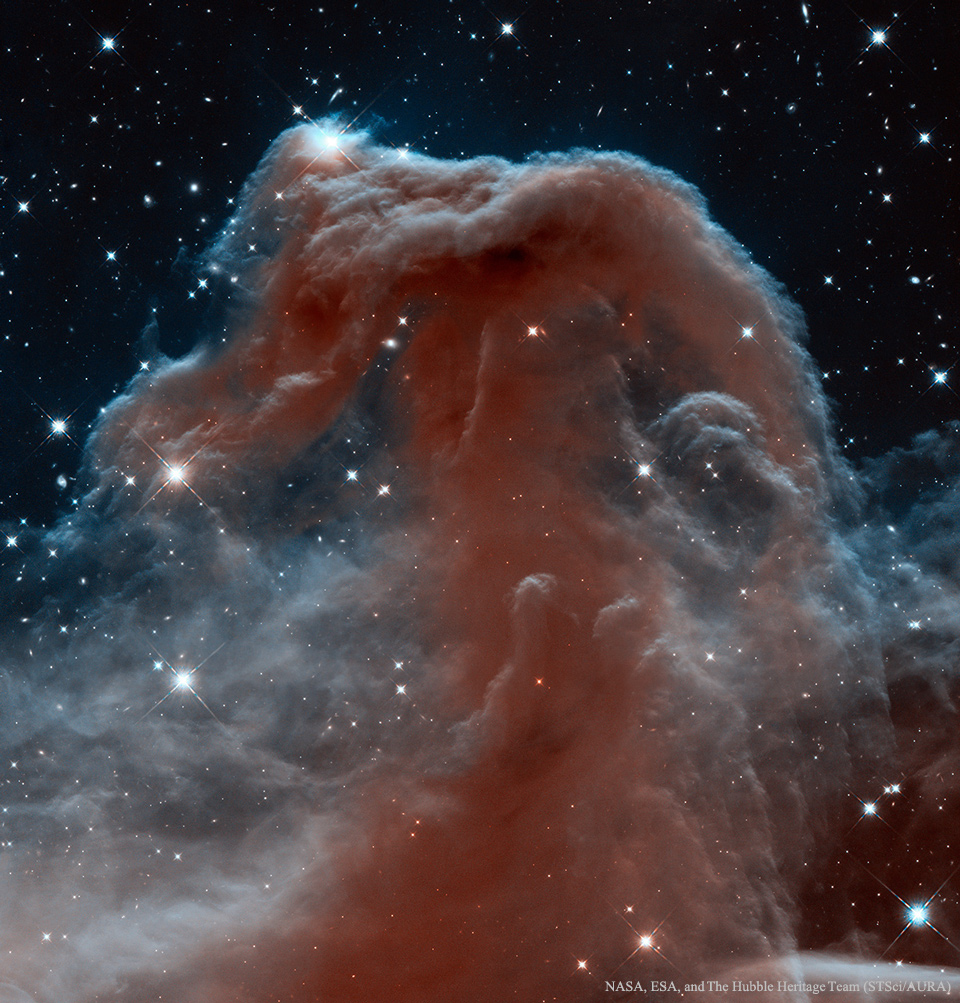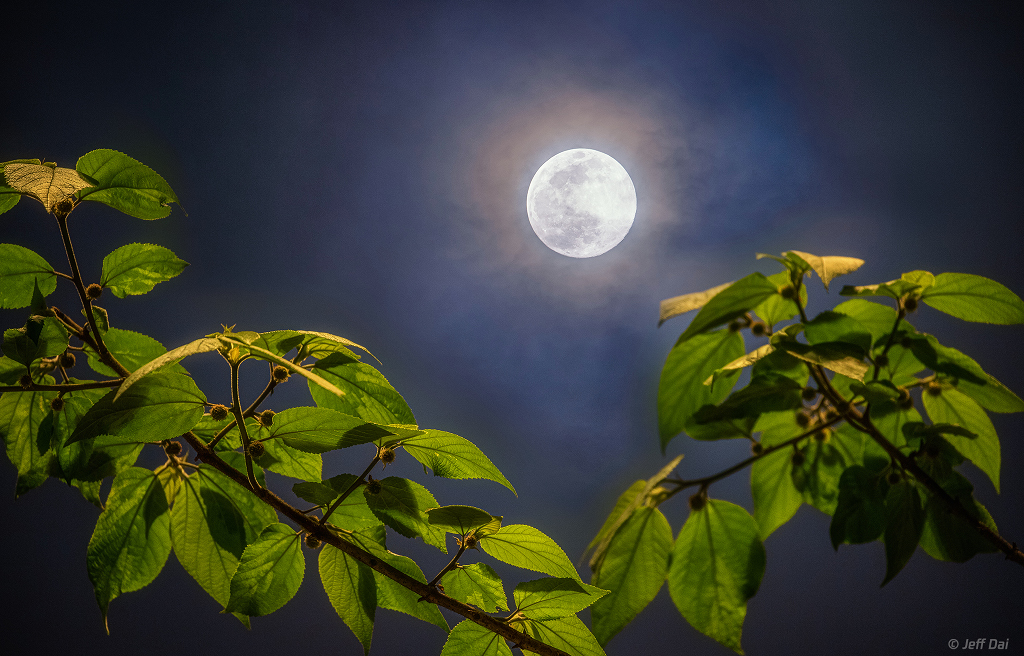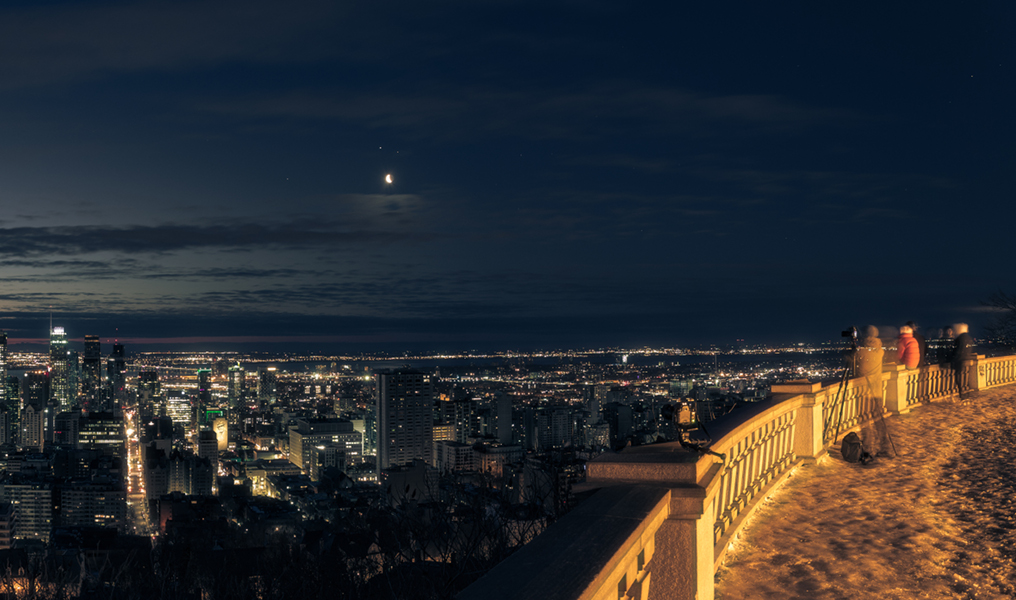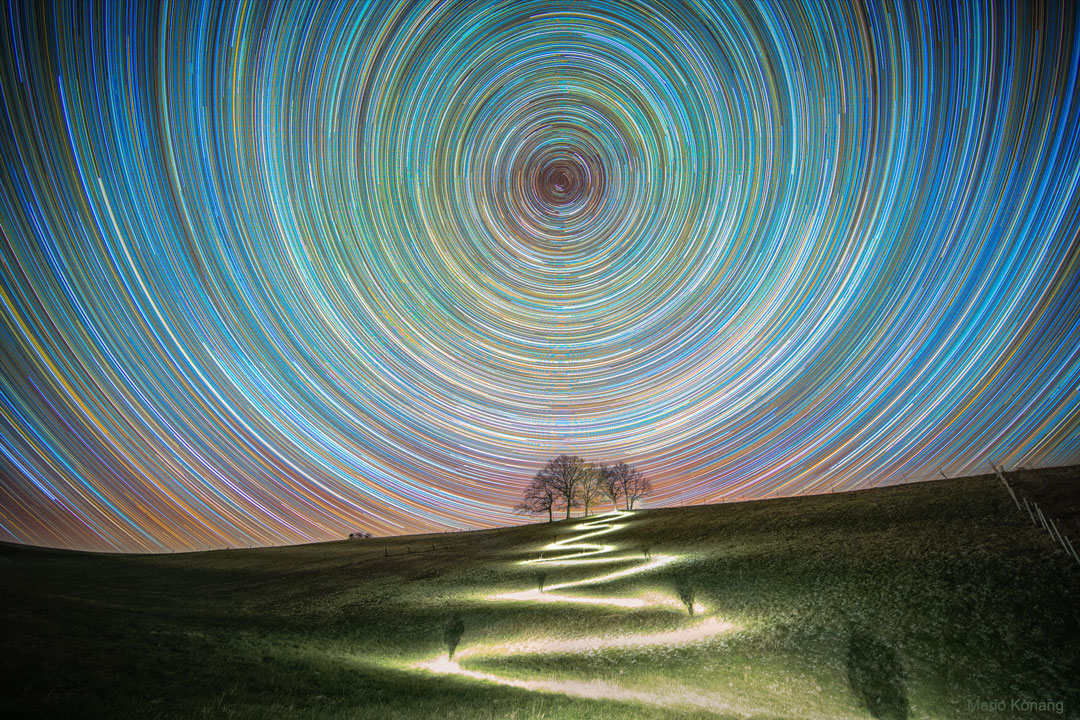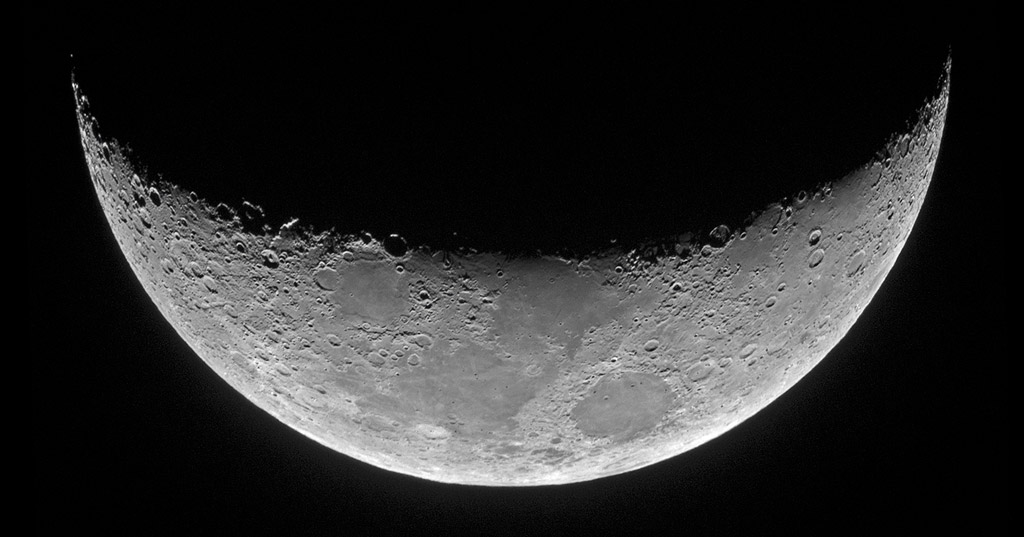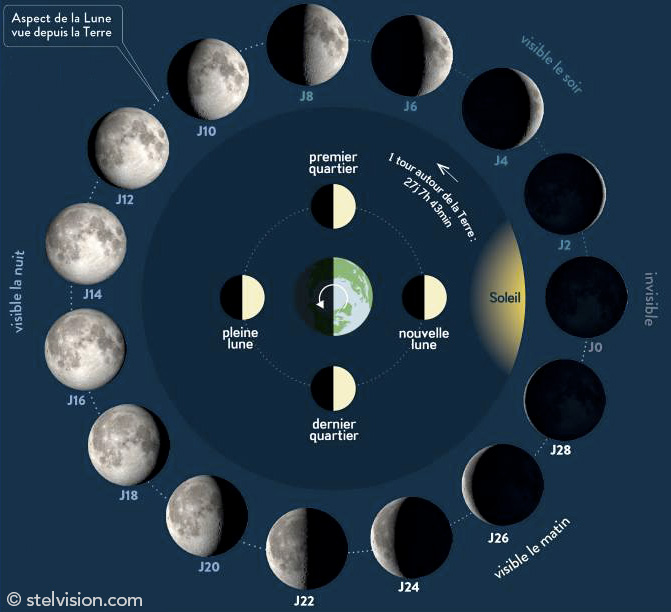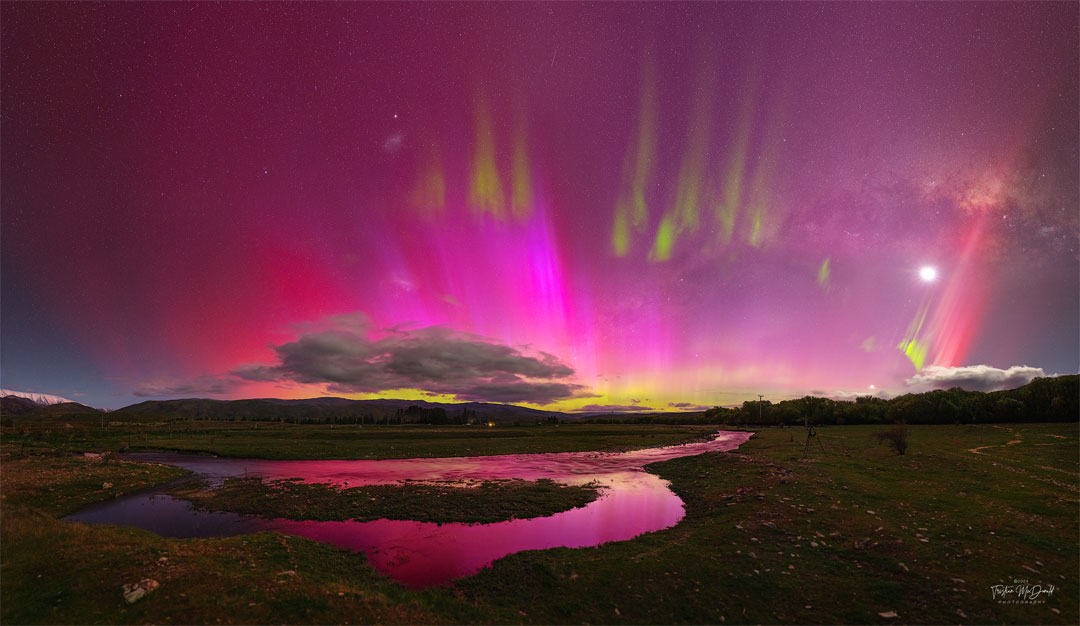Video Credit & Copyright: Daniel López (El Cielo de Canarias); Music: Piano della Moon (Dan Silva)
Explanation:
These people are not in danger.
What is coming down from the left is just the Moon, far in the distance.
Luna appears so large here because she is being
photographed through a telescopic lens.
What is moving is mostly
the Earth, whose spin causes
the Moon to slowly disappear behind
Mount Teide,
a volcano in the
Canary Islands
off the northwest coast of
Africa.
The people pictured are
16 kilometers away and
many are facing the camera because they are watching
the Sun rise behind the photographer.
It is not a
coincidence that a
full moon rises just when the
Sun sets because the Sun is always on the
opposite side of the sky from a full moon.
The featured video
was made two years ago during the full
Milk Moon.
The video is not time-lapse --
this was really how fast
the Moon was setting.
